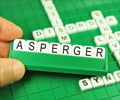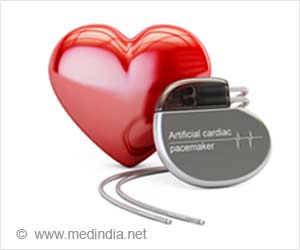Dyslexia is a developmental reading disorder (DRD) that occurs in children with normal intelligence despite intelligence, motivation, and educational opportunities and transpires when the brain does not recognize and process certain symbols properly.

‘Dyslexia is a common disorder that leads to difficulties in reading and writing and affects around 10% of the population.’





Neuroscientists from the University of Geneva (UNIGE) have demonstrated, in a study published in Plos Biology, a causal relationship between brain oscillations at a specific frequency (30 Hz) and the ability to process phonemes that is essential for reading.Non-invasive electrical stimulation technique that is capable of synchronizing neural activity at the stimulation frequency reduces phonological deficits and improves reading accuracy in adults with dyslexia.
Silvia Marchesotti and Anne-Lise Giraud, researcher and professor respectively in the Department of Basic Neurosciences of the Faculty of Medicine at UNIGE, together with their colleagues, investigated the phonological deficit. "We know that during brain development, when children start to read, some experience tremendous difficulties matching speech sounds with letters," explains Silvia Marchesotti.
Neural activity synchronization in the left auditory cortex experiences abnormalities at the frequency of 30Hz due to phonological deficit. The Geneva study shows the existence of a casual relationship between brain oscillations and the ability to process speech phonemes.
Neuroscientists applied the transcranial alternating current stimulation technique for twenty minutes over the left auditory cortex in 15 dyslexic adults and improvement in phonological processing and reading accuracy in them was observed. This benefits the people with poor reading skills and has slight disruptive effect in pleasant readers.
Advertisement
Studies on non-invasive stimulation treatments will continue within the new National Center of Competence in Research (NCCR). The method will be different, however: instead of using electrical stimulation, neuroscientists will try to obtain equivalent results with non-invasive technique that involves teaching self-regulation of brain signals to patients.
Advertisement
Source-Medindia













